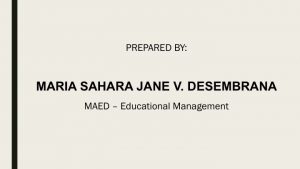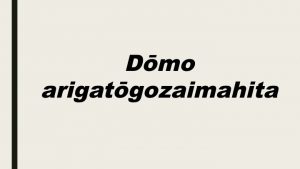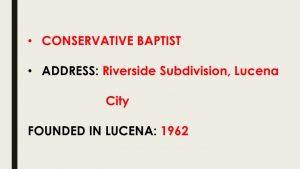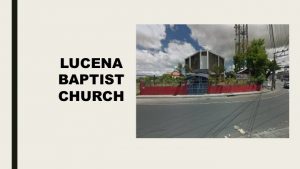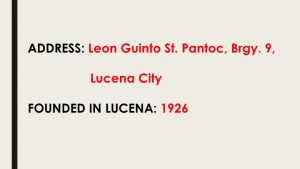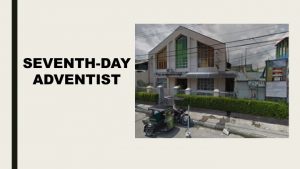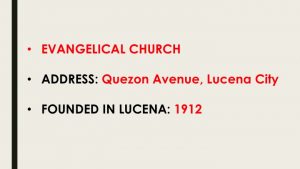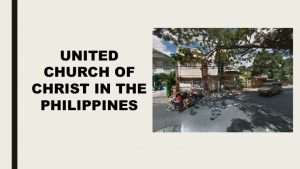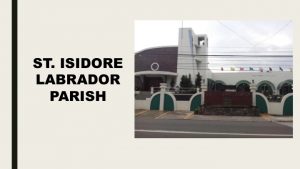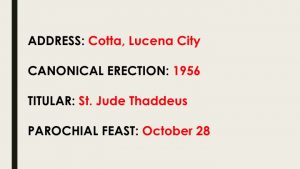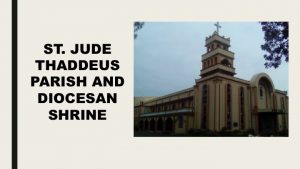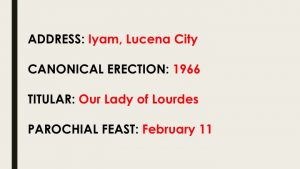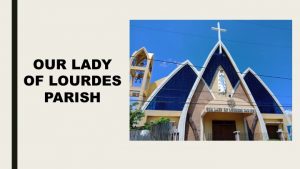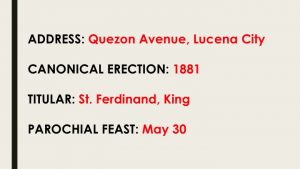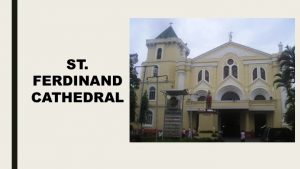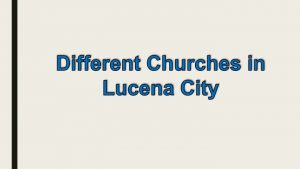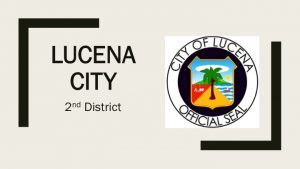pecha kucha MarinduQuezon QECI proceedings
gojuon e flash cards
MarinduQuezon: Tayabas@400xMarinduque@100
MarinduQuezon: EdM01 QECI 400 heritage icons from Quezon since Unisan to Tayabas and Lucena
By the year 2021, the archipelago is going to commemorate 500 years of the Battle of Mactan and Christian inculturation. Incidentally the event is preceded by the quadricentennial of the Tayabas town amidst the myriad of interruptions brought about by the pandemic. To move forward the said occasion, Marinduque’s capital town is also gearing towards its 400th foundation by 2022 since the establishment of the visita Monserrat de Marinduque in 1622. Before the present day capital city of Lucena, the centre of commerce and civilisation of Quezon is Tayabas. After the succeeding Spanish expeditions to Luzon, the cultural center and cradle of the province could be traced to the coastal town of Unisan.
EdM01: Basic Foreign Language in Nihongo/ Nippongo or Japanese Language and Culture involves the study the Hiragana alphabet with a chart with three tables: sound of 50, turbid and murky sounds along with ya row and i-column combination. The first set of deliverables are 10 practice writing sheets based on table 1: gojuon or sound of 50.Then the next set of deliverables would be the gojuon flash cards to based on the group assignment on iconic heritage icons in the specific upload and lowland towns of Marinduque. Finally the last set of deliverables is pecha kucha style of presentation with 20 seconds per each slide with a total of 20. The pecha kucha slides would also be consistent with the assigned heritage items from the respective towns.
The class size of the current semester is almost 50 with majority of the learners are from the MAEd program with some EdD learners. Since the mode of delivery is flexible and remote, the learners were divided into four. The EdD learners drew lots who would take on what particular district among the four districts in Quezon. They obliged with the scheme and decided to fill-up at least three forms based on the philippine registry of cultural properties per district. The precup form no.1 concerns tangible immovable properties or built heritage, precup form no. 2 is about tangible movable heritage and the last, precup form no. 3 involves intangible cultural heritage.
In the end, despite everything about Covid19, there is still a persisting and enduring hope that everything shall pass. Hopefully, the outcomes would be a testament of diversity, creativity and inclusivity of heritage, culture and arts in Marinduque of for the next century.
With the 400 iconic heritage items of Quezon, it would be a best present and most positive outcome of the pandemic during the next 100 years. Just like Lucena and Unisan, Tayabas then and Quezon now, local heritage would endure and persist until we traverse to the better normal.
Dr. Randi Nobureza Sensei
EdM01: Basic Foreign Language (Nihongo/Nippongo)
1st semester 2020-21/ Quezonian Educational College Inc.
Bonaobura San Hiragana Flash Cards
Virra San pecha kucha
Maanyo San Vlog
Rivero San Hansha
Good day everyone! I am Ms. Glaiza Rivero, a masteral student major in educational management from Eastern Quezon College Gumaca, Quezon. Studying nipponggo were not easy as I taught, but as I finished it and learned from this course I find it very meaningful, enjoyable and useful. Because in this class, we were not just taught to know the foreign language but also it has been an instrument for us to have a deeper understanding about culture through Cultural Mapping.
I had a hard time learning this course even it was just the basic one. Maybe because I doesn’t have any background of these, but as the time pass and learning materials were given to us I find it enjoyable and meaningful since I have learned different language, different style of writing, and a sort of a Japanese culture.
Cultural Mapping
I have chosen this Immovable Cultural Property at the town of Sariaya in Quezon Province because I believe that it has its significance that should be notice and be declared by the NHI or National Historical Institute as one of the national heritage in the province.
There are only three ancestral house that has been declared by the NHI as a national heritage in Sariaya. But since I know the fact that the town has lots of ancestral houses, I had a little research and it brings me to the oldest house in the town. It was known as “Juanito Alvarez Residence”.
Accordingly the house was the oldest house in town, which was even older than the town of Sariaya itself. The said old residence served as the temporary home of the two known priests who oversaw the construction of the present church. Much later, Ramon de Luna, the then owner of the house became the very first “Presidente” or town mayor during the American colonial period. The very first radio station in town was also established at the first floor of the old house and even for once it has been a personal gym for a known a family in the town. But the most historical role of the house was it serves as the first ever Sariaya Museum. Sariaya Museum was divided into two exhibit areas, the front part of the first floor being converted into a repository of old photos and town artifacts. Meanwhile the back portion that used to be the private gym of Mr. Juanito Alvarez contained religious artifacts from the church.
Minasan, yoiichinichiwo! Watashi wa Ms Glaiza Riverodesu, kyōiku kanri o senkō suru shūshi katei no gakusei, kara Eastern Quezon College Gumaca, Quezon. Watashi ga oshieta yō ni nippongo o manabu koto wa yōide wa arimasendeshita, sore o oete kono kōsu o manandanode watashi wa sore ga hijō ni yūigide, tanoshiku, soshite benrida to omoimasu. Kono kurasude wa, gaikoku-go o manabu dakedenaku, karuchāmappingu o tsūjite bunka ni tsuite rikai o fukameru tame no shudan ni mo narimashita.
Shokyū kōsu demo, kono kōsu o manabu no ni kurō shimashita. Tabun watashi wa korera no haikei o mo~tsu te i nai node, shikashi, jikan no keika to gakushū shiryō ga watashitachi ni atae rareta toki, watashi wa kotonaru gengo o manandanode, sore wa tanoshikute imi ga aru to omoimasu, kakikata mo chigaushi, isshu no nipponbunka mo aru.
Watashi wa kono fudō no bunkazai o machi de erabimashita Sariaya in Quezon Province watashi wa sore ga chūi sa rerubekideari NHI or National Historical Institute shū no kokka isan no hitotsu to shite.
Ni yotte sengen sa rete iru yuiitsu no 3ttsu no sosen no ie ga arimasu NHI no kokka isan to shite Sariaya. Shikashi, machi ni wa ōku no senzo daidai no ie ga aru to iu jijitsu o shitte irunode, sukoshi shirabete miru to, machi de mottomo furui ie ni tsureteitte kuremashita. Soreha to shite shira rete imashita “Juanito Alvarez Residence”.
Shitagatte, kono-ka wa machi de mottomo furui ie de, sariaya no machi jitai yori mo sarani furui monodeshita. Kono furui teitaku wa, genzai no kyōkai no kensetsu o kantoku shita 2 hito no shira rete iru shisai no ichiji-tekina ie to shite kinō shimashita. Haruka-go, tōji no ie no shoyū-shadeatta ramonderuna wa, Amerika no shokuminchi jidai ni saisho no `daitōryō’ to yoba remashita. Machi de saisho no rajio-kyoku wa furui ie no 1-kai ni setchi sa remashita. Katsute sore ga machi no yūmeina kazoku no pāsonarujimudeshita. Shikashi, kono-ka no mottomo rekishi-tekina yakuwari wa, korega shijō-hatsu no sariaya hakubutsukan to shite kinō suru kotodeshita. Sariaya hakubutsukan wa 2tsu no tenji eria ni wakarete ite, 1-kai no zenbu wa furui shashin ya machi no ibutsu no hokan basho ni natte imasu. Sonoaida, fuanītoarubaresu-shi no puraibētojimudeatta ushiro no bubun ni wa, kyōkai kara no shūkyō-tekina ibutsu ga fukuma rete imashita
calauag, quezon pecha kucha by bonaobura san
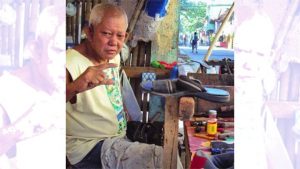
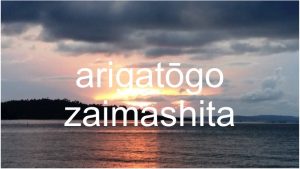
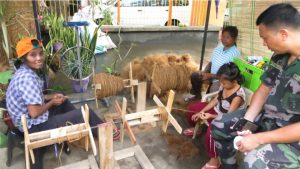
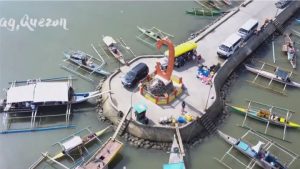
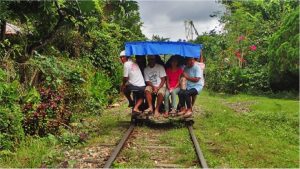
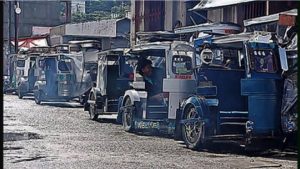
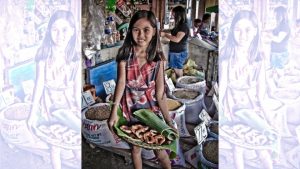
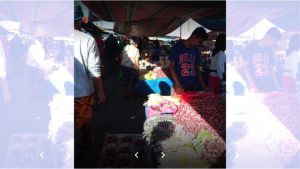
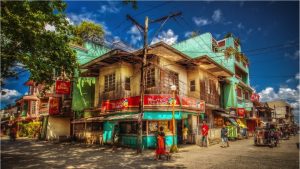

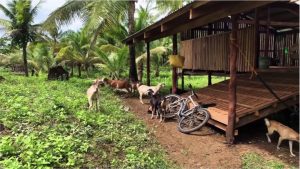
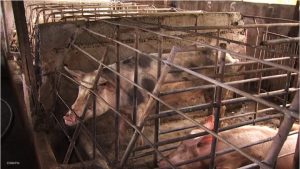
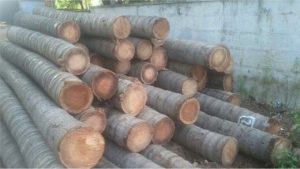
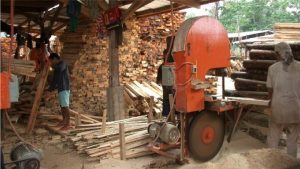
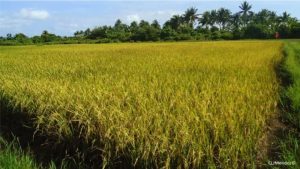
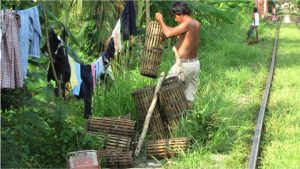
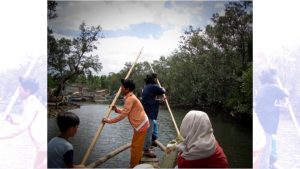
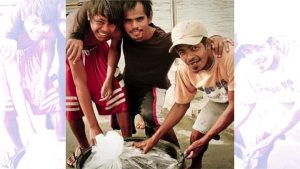
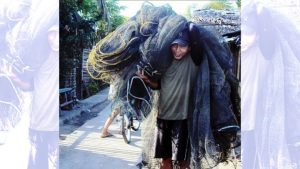
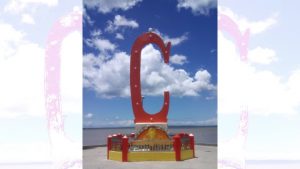
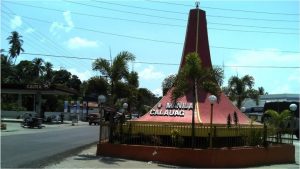

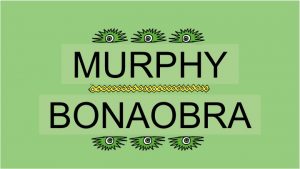
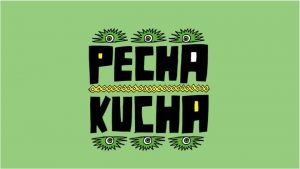
lucena city pecha kucha by desenburana san
